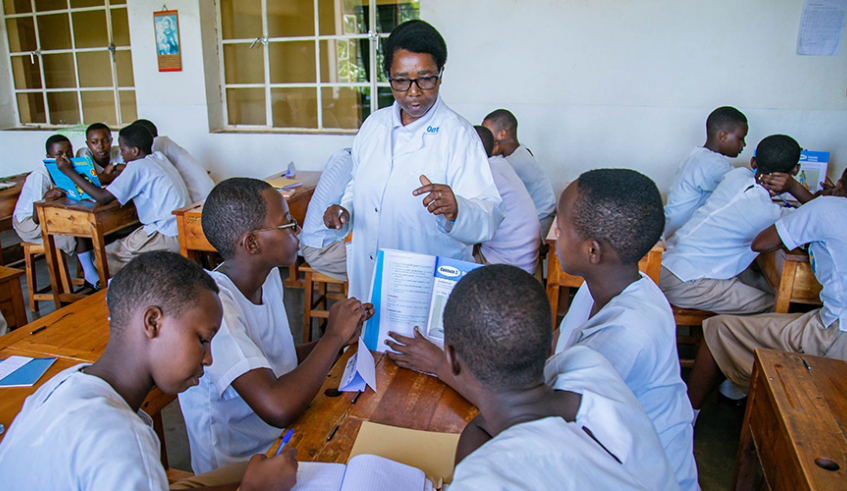

The biggest challenge for any teacher is capturing each student’s attention. As a teacher, to tackle this challenge effectively, educators believe that implementing innovative ideas to keep the classroom attentive is one way to ensure effective learning.
Develop student’s creativity
Mathias Nkeeto, an English teacher at Green Hills Academy, says as an educator, creating a classroom that recognises creativity is vital as far as drawing students’ attention is concerned.
He says that one can design awards or bulletin boards to showcase different ways of solving a problem, or creative solutions to a real-world scenario.
This way, he notes that students will pay more attention to what’s going on because in one way or another, they are also involved.
Nkeeto says a teacher can make use of tools to stimulate creativity.
This, he says, could include involving learners in games or forms of visual exercises that will excite their minds and capture their interest.
This is a time-tested method to identify every young student’s creative abilities and encourage creative contributions.
"It’s essential for an educator to bring aspects of creativity into all the subjects, be it mathematics, science, or history. This will definitely develop learners’ creative ideas.
"Also, encouraging different ideas from the learners is important as this will give them the freedom to explore,” Nkeeto says.
Real-world experience
Dr Opiyo Andala, the dean of School of Education at Mount Kenya University, believes that as educators, infusing real-world experiences into their instructions is important as it will enrich classroom learning.
He points out that relating and demonstrating through real-life situations will make the material easy to understand and learn. He says this will as well spark their interest and get them excited and involved.
Brainstorming
Dr Opiyo says to draw the attention of the learner, it’s essential for every educator to always make time for brainstorming sessions in classrooms.
These sessions, he says, are a great way to get the class to concentrate.
"When you have multiple brains focusing on one single idea, you are sure to get numerous ideas and will also involve everyone into the discussion,” he says.
Dr Opiyo adds that these sessions will be a great platform for students to voice their thoughts without having to worry about right or wrong.
However, Opiyo cites that it’s vital to set some ground rules before starting the sessions to avoid wasting time.
Changing the learning environment
Experts say some lessons are best learned when they are taught outside the classroom.
For instance, they say organising field trips that are relevant to the lesson or simply taking students for a walk outside of the classroom is ideal.
Nkeeto says by doing this, students will find this fresh and exciting. Without a lot of effort, they will learn and remember what they have been taught.
Alternatively, Nkeeto says a teacher can adopt role-playing.
He explains that this is a great way to make learners step out of their comfort zone and develop their interpersonal skills.
"This method comes in handy, especially in literature, history, or current events,” he says.
The role-playing approach will help a student understand how the academic material will be relevant to his everyday tasks, Nkeeto says.
Dr Opiyo says the good thing with adopting role-playing in the classroom is that it’s effective for students of almost any age group; and that what’s needed is to customise depending on the group.


